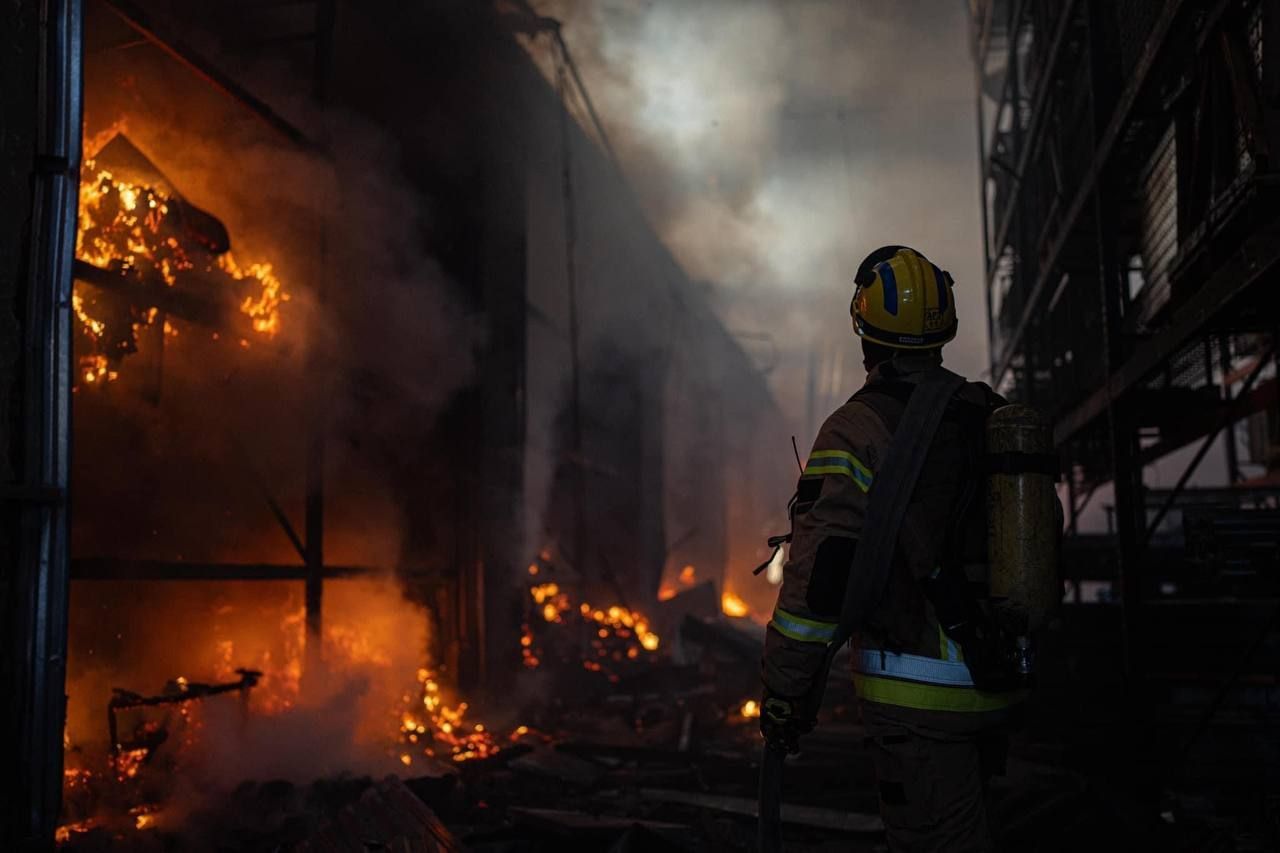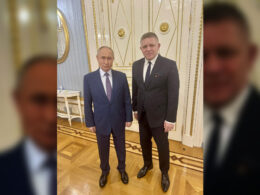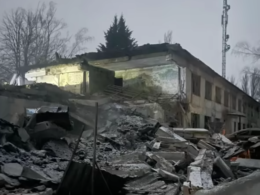In its latest update, the Institute for Study of War assessed that after a long pause, Russia is likely to continue its strikes against Ukraine an effort to degrade Ukrainian morale and Ukraine’s ability to sustain its war effort against Russia.
The assessment came after Russia's most massive missile strike after the start of its invasion of Ukraine, which represented a culmination of months of preparation and experimentation to optimize an attack package.
The expansive 29 December strike, which killed 30 Ukrainians and injured over 160, comprised:
- 36 Shahed suicide drones
- over 120 missiles of varying types, including:|
-14 S-300/C-400/Iskander-M missiles from the occupied Crimea, as well as Kursk and Belgorod oblasts of the Russian Federation;
- 8 Kh-22/Kh-32 cruise missiles from Tu-22M3 bombers;
- 5 Kh-47M2 Kinzhal hypersonic air-launched ballistic missiles
- 4 Kh-31P anti-radar missiles designed to disable air defenses
- 1 Kh-59 cruise missile
- 8 Kh-22 and Kh-32 missiles.
Notably, Ukrainian defenses failed to intercept any Kh-22/Kh-32 missiles nor the extremely rapid Kinzhal, Kh-31P or Kh-59 missiles launched. However, they did shoot down 96% of cruise missiles.
This suggests to the ISW that preamble attacks using cheaper Shahed drones helped overcome air defenses, enabling other missiles to penetrate targets. The Kh-101 cruise missile, though costly at $13 million per missile, was also used extensively in the strike.
Specifically, Russia deliberated stockpiled various missiles over the fall and winter to assemble a diverse arsenal.
"Over the past several months, Russian forces have conducted a series of missile and drone strikes of varying sizes, using various combinations of drones, cruise missiles, and ballistic missiles," the ISW reports.
Ukrainian officials have noted Russia frequently uses Shahed drones to determine routes that avoid air defense systems, enabling follow-on missiles to inflict greater damage. Russian forces also diversified between expensive high-precision missiles like the Kh-101 and cheaper variants in order to overwhelm defenses, hit more targets, and apply lessons from recent strikes, the ISW reports.
Among cities in the crosshairs were Kyiv, Lviv, Odesa, Dnipro, and Zaporizhzhia, while vital industrial facilities in Kharkiv's outlying oblast were also reportedly struck. Ukrainian President Volodymyr Zelenskyy stated civilian structures damaged included a maternity hospital, educational centers, and residential buildings. Sumy and Cherkasy in central Ukraine saw strikes as well.
Russian unprecedented air attack kills 30, injures over 160, hits maternity ward, mall (updated)
The Russian Ministry of Defense claimed strikes chiefly hit production enabling Ukraine's defense industry and military logistics sites. While Ukrainian officials said Russia mainly struck residential sites and transportation infrastructure, Ukraine's Commander-in-Chief Zaluzhnyi stated that critical infrastructure and industrial and military facilities were also targeted.
ISW believes that the strikes pursue hindering Ukraine's effort to expand its own defense-industrial base, which it has ramped up to sustain itself in the war.
"The reported Russian strikes against industrial facilities likely mean to prevent Ukraine from developing key capacities to sustain operations for a longer war effort [..] and aim to increase risks for Western partners and companies above their current risk tolerance for operating in Ukraine," ISW reported.
The think-tank assesses that Western aid, particularly in air defense, is critical for Ukraine to counter Russian attacks. Ukrainian air defenses, reinforced by Western technology, are vital for intercepting Russian missiles and drones, but coverage is not nationwide. These systems have effectively deterred Russian aircraft from major cities and some frontline areas.
Without this aid, Ukraine would be at a higher risk of Russian bombing. The UK's recent commitment to send 200 air defense missiles following a Russian strike highlights the importance of continued Western support. The ISW emphasizes that a halt in Western aid could enable significant Russian advancements, potentially threatening western Ukraine and nearing NATO borders.
The ISW predicts that Russian forces will likely intensify strikes in the run-up to New Year like last year, in an effort to degrade Ukrainian morale.
So long as Western military assistance remains robust, however, the think tank believes missile strikes won’t by themselves compel a Ukrainian surrender nor collapse the country's will to fight.




